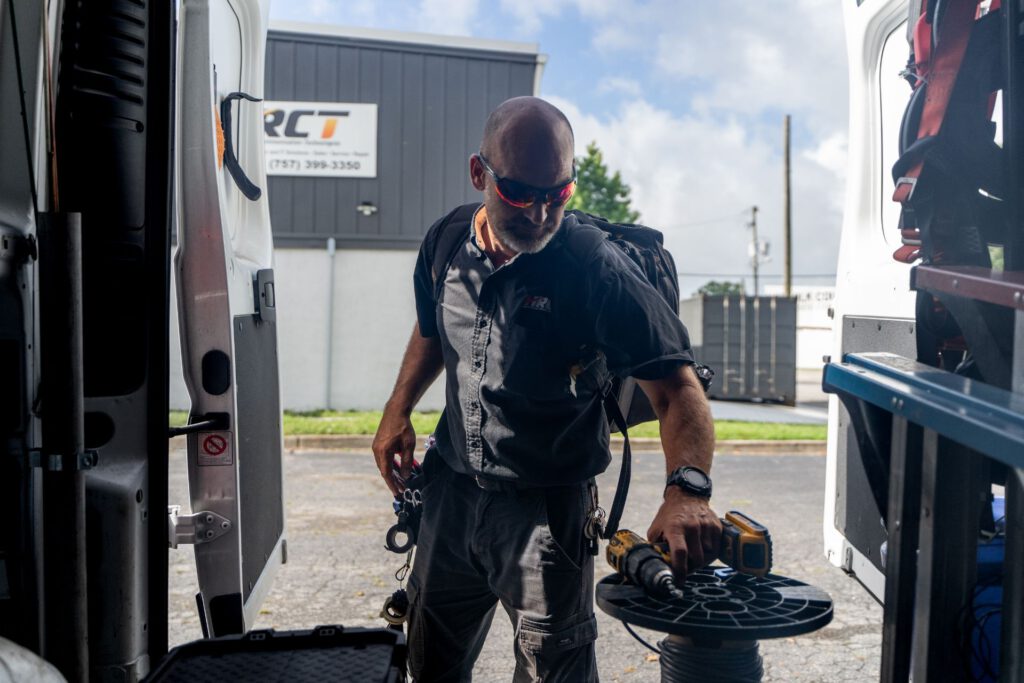Fully Managed Services
Comprehensive Solutions Tailored to Your Business
Co-Managed Services
Supplement Your Staff With Our IT Experts
Projects and Professional Services
Project and Support Engagements
Cybersecurity Solutions
Cutting Edge Security to Keep You One Step Ahead
CMMC Compliance
CUI, DUI, & NIST Compliance Assistance
HIPAA Compliance
Keep Your Clients Sensitive Data Safe
Penetration Testing
Discover Weaknesses Before Hackers Do







